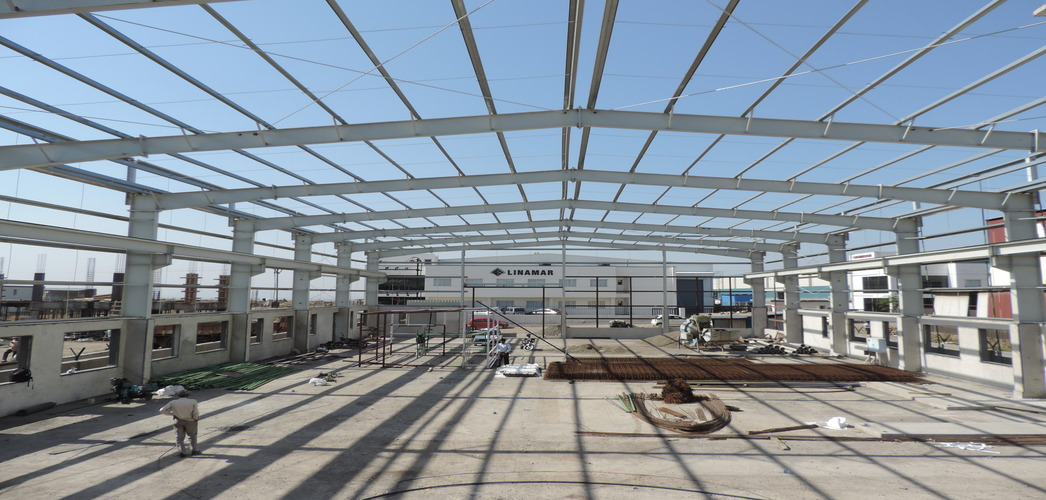A Comprehensive Guide on Different Facts That You Should Know About Purlins
Purlins are basically horizontal beams that are used for structural support in buildings, typically on the roof. They are supported by rafters or building walls and support the roof deck that is laid upon them. Purlins have to be strong since they must support a great deal of weight and are an essential part of roofing structure. They are also incredibly versatile and multipurpose and can be used for flooring, wall support, and aesthetic finishes on window trimmings and door frames.
Purlins come in several kinds of shapes, sizes and materials to suit different building requirements. Here is a comprehensive guide to purlins that will explain in further detail about the necessity of purlins in structural engineering or buildings, why they are important, and what different facts one should know about them.
The Importance of Purlins: Know All the Facts
Purlins are crucial in architecture and building construction since they provide a base for the roof deck and help distribute weight loads evenly throughout the structure. They can support roofing sheets, cladding, and insulation, all of which fit into steel beams. They also aid in lowering the truss or rafter span, enabling longer spans and a more open interior. Thus, purlins are a crucial part of any building they are present in and significantly contribute to the stability and solidity of that building.
● Different Shapes of Purlins
Steel purlins are classified into two types: C and Z purlins. C-shaped purlins are purlins that resemble the letter C and are commonly used to support walls and floors. Z purlins resemble the Z alphabet, which is used at joists and overlaps and has high strength. This type of purlin is perfect for supporting the flooring beams since it is made to form the walls and floor joists of a building shell.
● Components of Secondary Framing Girts and Purlins
Many pre-engineered metal buildings require secondary framing; purlins and girts are the components of secondary framing. Purlins provide additional support for the roof, and girts provide additional support for walls. They are designed to transfer loads from the building's surfaces to the main frame and the foundation. Furthermore, by acting as lateral braces for compression flanges that are a component of the primary framing, they enhance the capacity of the entire frame.
● Purlin Span
The purlin's span is the separation between the centres of the cleat bolts at either end. There are different types of spans, viz., single purlin span, double purlin span, and continuous purlin span, each one representing a complete purlin-run system.The web of the purlin is bolted to a cleat or other hard structure to sustain a single span. Double spans are only supported at the ends and in the centre. Continuous spans are simply supported at either end and at a succession of uniformly spaced intermediate supports.
● Purlin Accessories
The accessories, such as purlin laps and cleats, offer the roof with additional support while also giving the end panels and drip edge a place to be nailed. The top web hole and the bottom flange hole on each end of the purlin lap are fastened with bolts. Purlin cleats provide a strong rigid connection between trusses, rafters and beams to wall plates, and wall plates to studs and are available in single and double cleats.
● Purlin Designs
In their design, purlins are subjected to dead loads, live loads, and environmental loads. Therefore, a purlin should be sufficiently strong to withstand the loads it will encounter during its design life, and it shouldn't fall visibly or otherwise make the sheeting seem unattractive.
● Purlin Installation
When working off the ground to install purlins, protective gear must always be used. There should never be any body weight applied on bridging, purlins, or girts that haven't been properly bolted into place with the proper bridging fitted. During installation, all bolts must be correct in grade and size and must be carefully tightened.
● Handling and Storage
Because water can accumulate between tightly packed pieces, roof purlins must be kept dry while being stored to prevent early corrosion. In the event that they get wet, they ought to be separated and stacked in an open configuration to allow airflow to dry the surface. Also, oil or grease that adheres to these purlins during production or shipping might increase the risk.make-your-building-roof-monsoon-ready.html
Thus, after knowing the facts about purlins, it can be concluded that purlins are an important construction material, and choosing the right kind of purlin may contribute positively to the building. If you are looking for standing seam roofs, wall cladding sheets, and purlins, you may find them from reputable manufacturers and suppliers in India.



